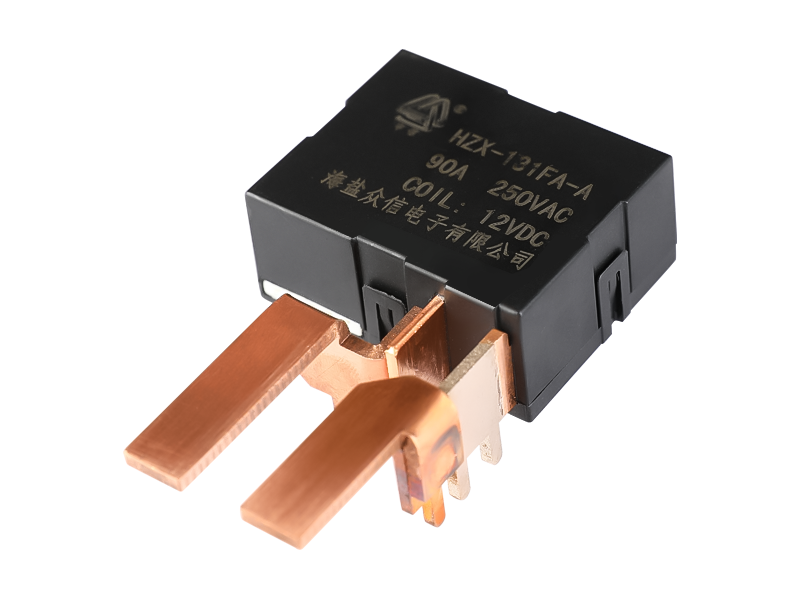Magnetic latching relays are very similar to polarized relays, with two static contacts, one moving contact, and multiple coils, which are equivalent to a "bistable relay" (which can also be regarded as a "current-driven" SPDT switch") The polarized relay used in our unit has a driving voltage of only 1.5 volts. It has the same function as the magnetic latching relay described below.
A magnetic latching relay is a new type of relay, which is widely used in THOMCAST solid-state machines. In the interface interconnection board, there are as many as 9 such relays.
The difference between magnetic latching relays and general relays is: (1) Most magnetic latching relays have two coils, one is a set coil (set) and the other is a reset coil (reset). (There are also single-coil magnetic latching relays) (2) The set and reset terminals can be continuously energized, and can also be triggered by pulses. (3) It has a hold function. Once set or reset, the relay will remain in the original state even if the coil is powered off.
The advantage of the magnetic latching relay is that it has a holding function. In the event of a power failure, the broadcast can be resumed immediately after the power supply is restored, and it is not necessary to wait for the control system to restart before starting to work. Of course, there are two control terminals, and the more cumbersome control is its defect.
Attention should be paid to the application, (1) to avoid the two coils being energized at the same time (if they are energized at the same time, the relay is in the set state). (2) When using a pulse drive, the pulse width should be greater than 30 milliseconds. (3) The reset voltage must not exceed 150% of the rated voltage, otherwise, it may be reset.









